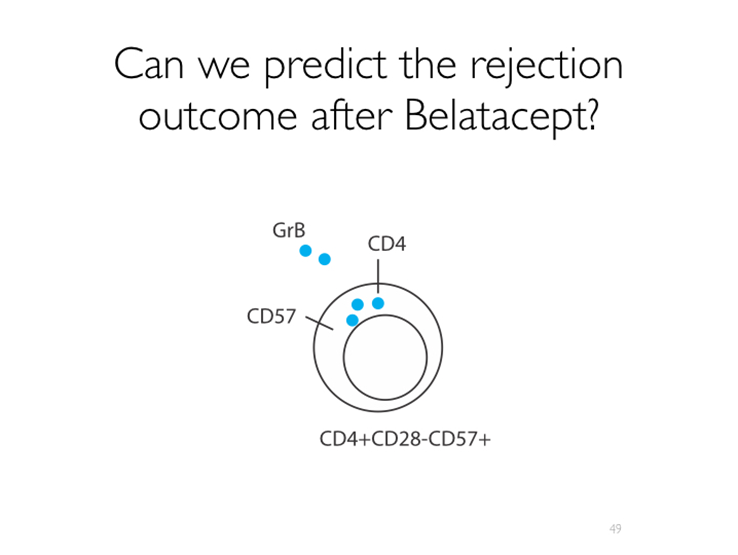CD28 is a well-characterized co-stimulatory molecule that interacts with CD80/86 on antigen-presenting cells (APCs), comprising the critical signal 2 of T cell activation. Targeting CD28 has become an important immunosuppressive strategy with the clinical use of belatacept. However, the observation of costimulation blockade-resistant rejection (CoBRR) has led to the active search for potential explanations for this phenomenon. In this issue, Espinosa et al. identified a subset of CD4+ CD28 negative T cells that co-expresses CD57 pre-transplant that correlates with CoBRR post-transplant (1). These CD4+CD28-CD57+ T cells proliferate in vitro against third-party PBMC-derived dendritic cells and are resistant to belatacept inhibition. Interestingly, these T cells carry cytotoxic markers such as granzyme B and are found infiltrating the allograft during rejection, potentially being a pathogenic T cell subset in CoBRR. This article is protected by copyright. All rights reserved.

